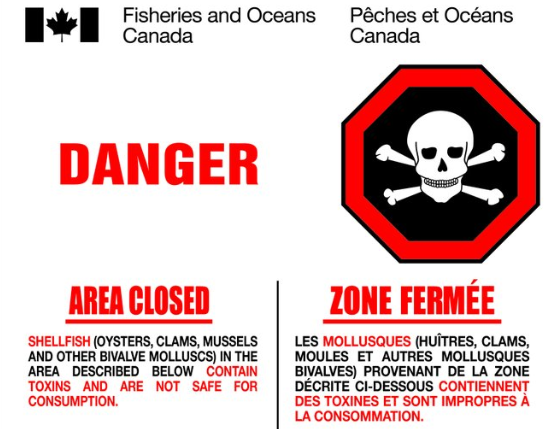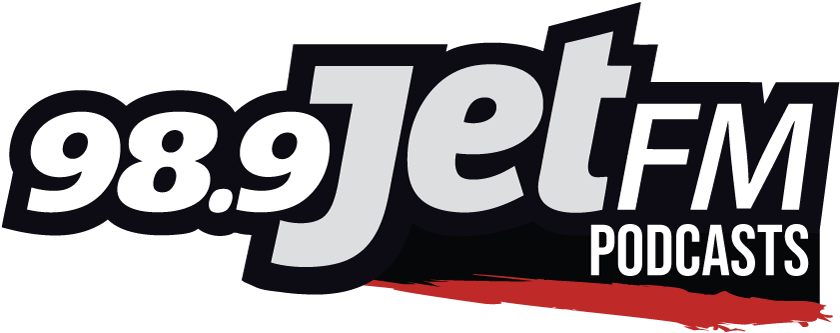Fecal contamination on Island beaches often makes wild shellfish unsafe to eat.
Now, government scientists want to identify sources of contamination with new tools developed to track COVID.
The Ministry of Agriculture and Food plans to task the BC Centre for Disease Control to work with GenomeBC and UBC to detect, quantify, and identify beach contaminants. They will then compare results with environmental data to see if contaminants are coming from animal or human sources.
Dozens of beaches on the coastline have been closed for years, and will remain closed unless sources of contamination can be identified. Identifying the bacteria causing the contamination isn’t good enough, say documents from the ministry.
“Because these indicator bacteria are present in humans and many animals, they cannot be used to identify where the feces came from. Without this information, regulators cannot take action to mitigate fecal sources. As a result, these sources remain unaddressed and may continue to contaminate the site leading to protracted human health risks and prolonged cultural and economic consequences” it says.
Tools developed to track COVID in wastewater could be tweaked for this project, which the Ministry wants to run during the month of March. Documents from the ministry say the project will identify and help prevent contamination, and hopefully reduce unnecessary beach closures for harvesters.
In the meantime, the BC Centre for Disease Control has an interactive map showing which beaches are closed for shellfish harvesting, along with species-specific information.






